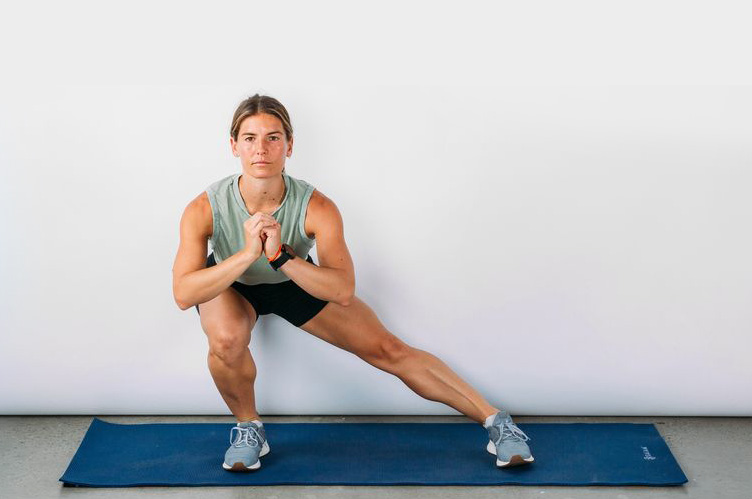The Perils of Sitting: Why Being Sedentary is the New Smoking?
By John V
November 27, 2024 • Fact checked by Dumb Little Man
Long durations of sitting can be just as bad for your health as smoking, did you know that? Although it may come as a surprise, several studies have demonstrated a substantial correlation between extended sitting and major health concerns. Similar to smoking, prolonged periods of inactivity can subtly harm your health over time, raising your risk of heart disease, type 2 diabetes, and even some cancers. Although the effects of excessive sitting are frequently understated, it is abundantly evident that sedentary behavior poses a serious risk to our general health.
Health Risks of Prolonged Sitting
Cardiovascular Disease
Prolonged sitting can adversely affect cardiovascular health by impeding circulation and heightening the risk of hypertension, increased cholesterol, and inadequate blood flow. This may result in an increased probability of cardiovascular disease and cerebrovascular accidents over time. Studies indicate that sedentary behavior leads to the accumulation of fatty deposits in the arteries, potentially obstructing blood flow and elevating the strain on the heart.
Type 2 Diabetes
Extended periods of sitting are strongly associated with insulin resistance, a crucial element in the onset of type 2 diabetes. Prolonged sitting impairs the body’s capacity to control blood glucose and metabolize insulin. Over time, this may result in elevated blood sugar levels, thereby increasing the risk of diabetes, particularly when coupled with an inadequate diet and insufficient physical activity.
Cancer
Lack of physical activity has been linked to a heightened risk of many cancers, including colorectal, breast, and endometrial malignancies. Prolonged sitting can disrupt the body’s natural functions, such as cellular repair and metabolism. It also influences hormone levels and inflammation, which may facilitate cancer development over time.
Silent Harm
Similar to smoking, the dangers of extended sitting mount incrementally without immediate manifestations, rendering it a form of “silent killer.” Although you may not currently feel pain or discomfort from sitting, prolonged exposure can insidiously harm your body, resulting in chronic illnesses that may only manifest later in life.
Tip: Make Movement a Habit
Stand Up and Stretch
Every hour, allocate a few minutes to rise and stretch your body. This alleviates muscle rigidity, enhances posture, and augments blood circulation.
Take a Walk
A little walk, whether in the workplace, at home, or outdoors, might facilitate mental clarity and enhance circulation.
Use a Standing Desk
Consider utilizing a standing desk for a portion of your workweek, if feasible. This enables standing work and diminishes sitting duration.
Take the Stairs
Use the stairs rather than the elevator. This easy exercise can strengthen your legs and boost your heart.
Stretch or Do Simple Exercises
Include quick workouts like lunges, squats, or even a few minutes of yoga in your daily routine. By engaging in these easy exercises, you can keep your muscles healthy and avoid becoming stiff from prolonged sitting.
Actionable Steps to Incorporate Movement
- Set a Timer: Every 60 minutes, remind yourself to get up and move by using timers, smartphone apps, or even a smartwatch. By establishing a habit, setting a timer helps you avoid becoming engrossed in prolonged sitting. A habit can be broken with little reminders throughout the day, avoiding extended periods of inactivity.
- Incorporate Standing Activities: When working, look for chances to stand. Use a standing workstation that lets you switch between sitting and standing, or think about holding standing meetings where you interact with coworkers while standing. Changing positions during the day might help lessen the detrimental effects of prolonged sitting, even if you are unable to stand for extended amounts of time.
- Exercise Breaks: To keep active during the day, take brief pauses for exercise. Simple exercises like lunges and squats, as well as a vigorous walk around the house or workplace, might be included. A few minutes of exercise per hour can increase vitality, enhance blood flow, and avoid sitting-related stiffness or discomfort. To make sure you’re getting enough exercise each day, incorporate these little breaks into your schedule.
Join the Conversation
We’d love to hear from you! What are your favorite ways to stay active throughout the day? Whether it’s quick stretches, creative standing activities, or fun exercise routines, share your tips and tricks in the comments below! Your ideas can inspire others to move a regular part of their daily routine. Let’s support each other in staying active and healthy, one step at a time!
Conclusion
It’s time to alter your daily schedule in a meaningful way to counteract the negative consequences of extended sitting. You may increase your energy, enhance circulation, and lower your chance of developing chronic health problems by integrating movement into your day, whether it be through short workouts, standing activities, or frequent breaks. Recall that even small changes can have a significant impact on your general health, so act now and prioritize your well-being!
John V
John is a digital marketing master's student who enjoys writing articles on business, finance, health, and relationships in his free time. His diverse interests and ability to convey complex ideas in a clear, engaging manner make him a valuable contributor to these fields.









